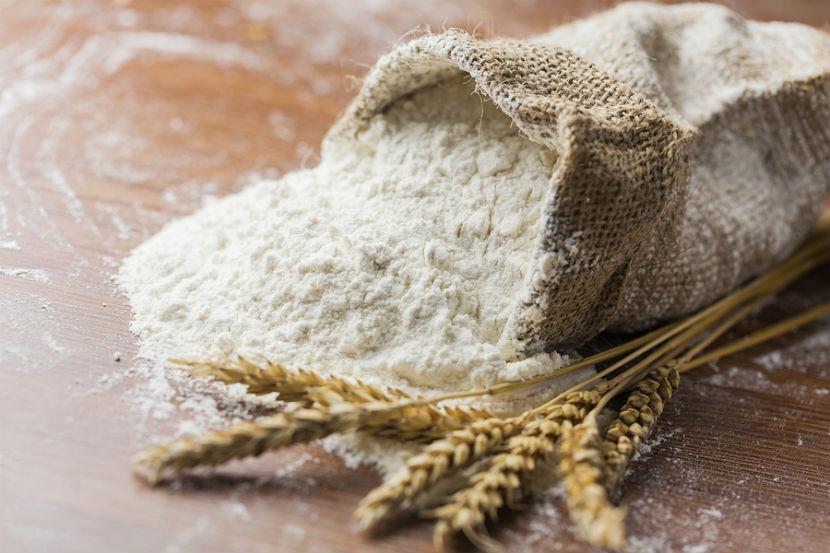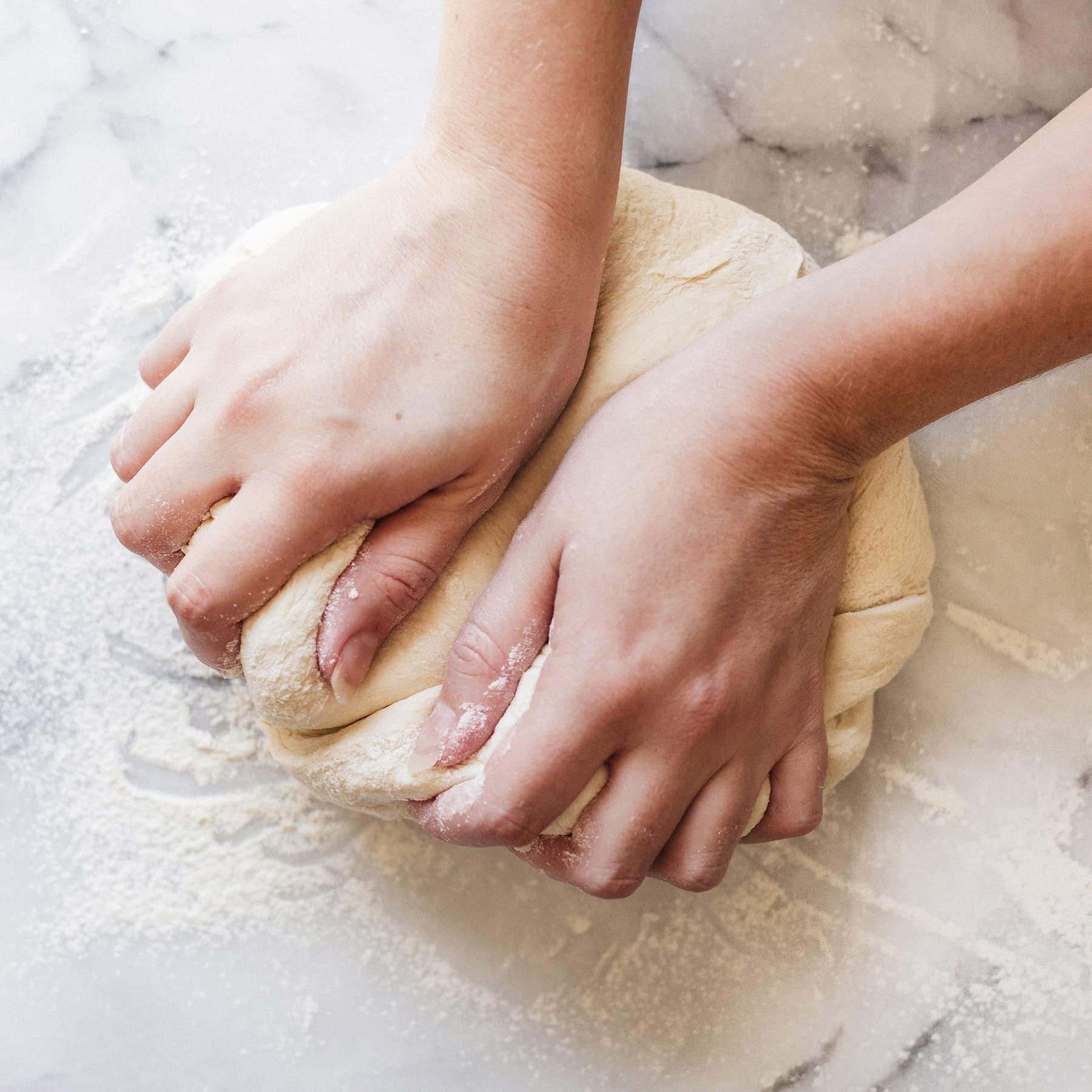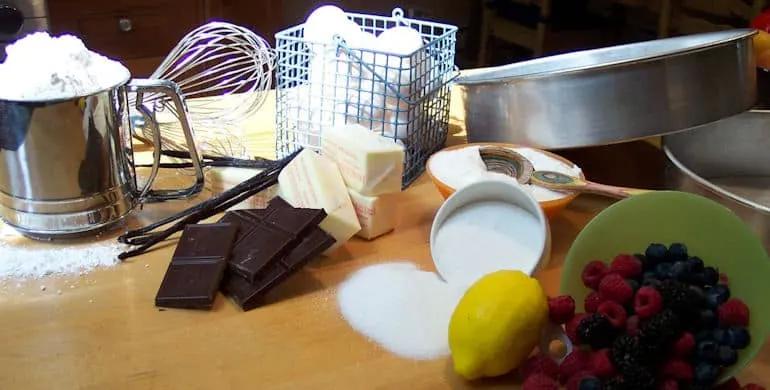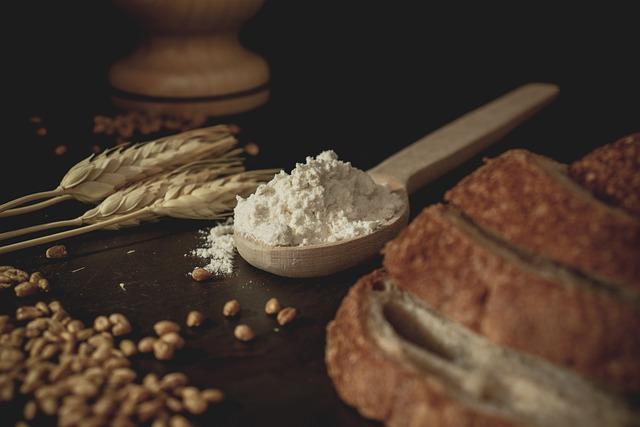Tantalizing aromas wafting from the oven, the satisfying crunch of a perfectly crusty loaf – there’s something truly magical about the art of bread baking. Whether you’re a complete novice or a seasoned pro, mastering the basics is essential to creating delectable breads time and time again. In this article, we’ll explore the essential techniques, tools, and ingredients you need to become a master in the kitchen. So roll up your sleeves, dust off your apron, and let’s dive into the wonderful world of bread baking!
Understanding the Science Behind Yeast Activation
When it comes to bread baking, is crucial for achieving that perfect rise and flavor in your loaves. Yeast, a single-celled fungus, is a key ingredient in bread baking as it helps the dough to rise through the process of fermentation. Here are some key points to consider when activating yeast for your bread:
- Temperature: Yeast thrives in warm environments, so it’s important to activate it with lukewarm water or milk to kickstart the fermentation process.
- Sugar: Yeast feeds on sugar to produce carbon dioxide gas, which helps the dough rise. Adding a bit of sugar or honey to the yeast mixture can help activate it more quickly.
| Temperature | Activation Time |
|---|---|
| Room temperature | 30 minutes |
| Warm water | 10-15 minutes |
By mastering the basics of yeast activation, you’ll be well on your way to creating delicious, homemade bread that will impress your friends and family. So next time you’re baking a loaf, remember to give your yeast the right environment it needs to work its magic!

Choosing the Right Flour for Optimal Results
When it comes to mastering the art of bread baking, one of the key factors to consider is . Different types of flour can result in different textures and flavors in your finished bread, so it’s important to select the best option for the specific type of bread you are trying to achieve.
Here are some tips to help you choose the right flour for your bread baking needs:
- All-Purpose Flour: A versatile option that works well for most types of bread.
- Bread Flour: Contains a higher protein content, ideal for yeast breads and chewy textures.
- Whole Wheat Flour: Provides a nutty flavor and denser texture, great for hearty breads.
| Flour Type | Best For |
|---|---|
| All-Purpose Flour | Multipurpose use |
| Bread Flour | Yeast breads |
| Whole Wheat Flour | Hearty breads |

Mastering the Art of Kneading and Proofing
When it comes to baking delicious bread, is essential. Kneading is the process of working the dough to develop gluten and create a smooth, elastic texture. This step is crucial for achieving a light and airy bread with a good crumb structure. To knead effectively, follow these tips:
- Use your palms to push the dough away from you, then fold it back towards you.
- Rotate the dough a quarter turn and repeat the process.
- Continue kneading until the dough is smooth and elastic, about 8-10 minutes.
Once the dough is properly kneaded, it’s time for the proofing stage. Proofing is the process of allowing the dough to rise before baking. This step is important for developing flavor and texture in the bread. Here are some key points to keep in mind:
- Cover the dough with a damp cloth or plastic wrap to prevent it from drying out.
- Place the dough in a warm, draft-free area to allow it to rise until doubled in size, typically 1-2 hours.
- For a slower fermentation and richer flavor, proof the dough in the refrigerator overnight.

Exploring Different Baking Techniques for Perfect Loaves
When it comes to baking bread, mastering the basics is key to achieving perfect loaves every time. Understanding different baking techniques can help you take your bread making skills to the next level. One important technique to explore is the process of kneading, which helps develop gluten in the dough. Kneading involves folding, pressing, and stretching the dough to create a smooth and elastic texture.
Another essential technique is proofing, which is the process of allowing the dough to rise before baking. Proper proofing ensures that the loaf will have a light and airy texture. Experimenting with different proofing times and temperatures can greatly impact the final result of your bread. Additionally, using a pre-ferment such as a poolish or sourdough starter can add complexity and flavor to your loaves. By exploring these baking techniques, you can elevate your bread making skills and create perfect loaves every time.
As you embark on your bread baking journey, remember that mastering the basics is the key to unlocking a world of delicious possibilities. From simple loaves to intricate creations, the foundation you build today will serve you well in all your baking endeavors. So roll up your sleeves, dust off your apron, and let the aroma of freshly baked bread fill your kitchen. With patience, practice, and a little bit of flour, you’ll soon be whipping up mouthwatering loaves that will have everyone asking for seconds. Happy baking!


